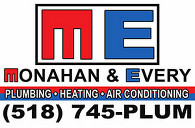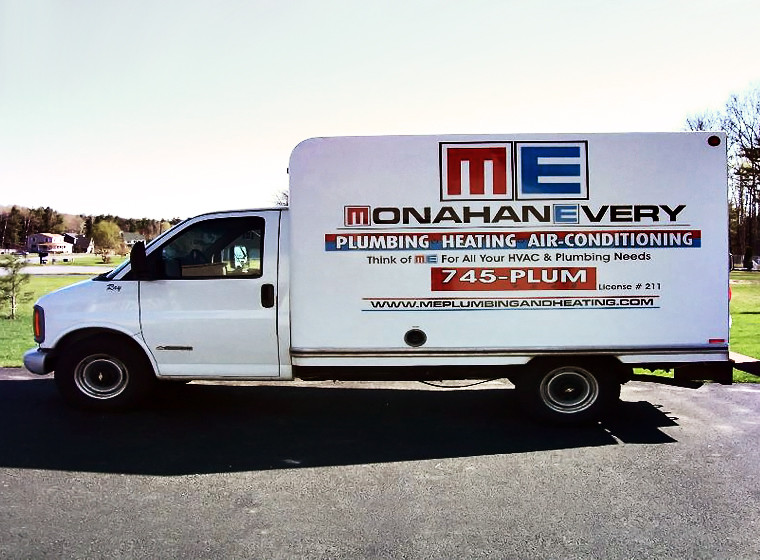

Call ME For All Your Plumbing and Heating Needs

Call Us For Free Estimates
Comprehensive Guide to Plumbing Services
Plumbing plays a vital role in maintaining the functionality of any residential or commercial building. Without a reliable plumbing system, daily activities such as cooking, cleaning, and bathing become difficult, if not impossible. Whether it’s installing pipes in new construction or fixing a leaky faucet, plumbing services ensure that water flows efficiently through a property and waste is properly drained. This guide provides a comprehensive overview of plumbing system components, common issues, specialized services, and modern innovations that enhance efficiency and sustainability.

Introduction to Plumbing Services
A properly functioning plumbing system is essential to the comfort and health of any home or business. It delivers clean water for drinking, bathing, and cooking while safely removing wastewater. Given its importance, even minor issues—such as a dripping faucet or slow drain—can quickly disrupt daily life and escalate into costly repairs if left unattended.
Common Plumbing Services:
- Installation of water and gas pipes
- Leak detection and repairs
- Water heater installation and maintenance
- Drain cleaning and sewer line repairs
- Fixture repairs and replacements (toilets, faucets, sinks)
By providing these services, plumbers help ensure that both new and existing systems operate efficiently.
Key Plumbing System Components
Understanding the main components of a plumbing system can help homeowners and business owners better recognize and address problems.
1. Water Supply Lines
These pipes deliver clean water throughout the building, whether it’s for drinking, bathing, or washing. Hot and cold water lines connect to various fixtures, such as sinks, showers, and appliances like washing machines.
2. Drainage and Sewer Lines
Drainage systems are responsible for carrying wastewater away from the building and into the public sewer or septic system. Properly functioning drain lines are critical to prevent backups and overflows.
3. Water Heaters and Storage Tanks
Water heaters supply hot water for everyday tasks such as showering and dishwashing. They can be traditional tank-based systems or energy-efficient tankless models that provide hot water on demand.
Regular maintenance of these components is crucial to prevent disruptions and costly repairs.
Common Plumbing Problems and Their Solutions
Plumbing issues are common, but they vary in severity. Some problems require quick fixes, while others may involve more extensive repairs or replacements.
1. Leaking Pipes
Leaky pipes can result from corrosion, high water pressure, or shifting foundations. If left unattended, they can lead to water damage and mold growth. Common detection methods include observing water stains on walls or ceilings and using moisture meters.
- Solution: Replace worn-out pipes or repair small leaks using pipe clamps or epoxy putty. For major leaks, replacing sections of the piping system may be necessary.
2. Clogged Drains and Sewer Backups
Clogs occur when debris like grease, food particles, or hair accumulates in the pipes. Sewer backups, on the other hand, can result from tree root intrusion or blockages in the main sewer line.
- Solution: Plumbers use hydro jetting (high-pressure water jets) or drain snaking (mechanical augers) to clear blockages. Regular cleaning and maintenance help prevent future clogs.
3. Low Water Pressure
Low water pressure can result from pipe blockages, corroded pipes, or leaks. It may also be due to issues with the municipal water supply.
- Solution: Clean or replace clogged aerators and fixtures. If the problem is due to pipe damage, the affected section must be repaired or replaced.
4. Fixture Malfunctions
Malfunctioning faucets, toilets, or sinks are common in aging homes. Issues like dripping faucets or continuously running toilets can waste a significant amount of water.
- Solution: Repair or replace defective components such as washers, O-rings, or valves.
Specialized Plumbing Services
Beyond general repairs, specialized plumbing services address specific needs, such as heating water or managing gas lines.
1. Water Heater Services
Water heaters require routine maintenance to function efficiently. Plumbers can repair common issues like pilot light failure or sediment buildup in the tank.
- Tankless Systems: Offer energy savings by heating water on demand instead of storing it in a tank.
- Traditional Systems: Require regular flushing to remove sediment that can reduce efficiency.
2. Pipe Relining and Replacement
Traditional pipe repairs often involve digging up the affected area, but modern trenchless solutions like pipe relining allow for minimal disruption.
- Pipe relining: Involves inserting a resin-coated liner into the existing pipe to create a new, durable interior.
- Pipe replacement: May be necessary for pipes that are severely corroded or damaged.
3. Gas Line Services
Gas line installation and leak detection are critical for homes and businesses that use gas-powered appliances. Plumbers ensure safe connections and proper pressure regulation to prevent leaks.
Plumbing System Inspections and Preventative Maintenance
Regular inspections are essential to identifying and fixing issues before they escalate. Preventative maintenance ensures the longevity of plumbing systems and reduces the likelihood of costly repairs.
Annual Inspections:
Plumbers check for common issues like leaks, corrosion, and clogged drains during routine inspections. They also assess water pressure and inspect the condition of fixtures.
Water Pressure Monitoring:
Maintaining proper water pressure prevents strain on the plumbing system and minimizes the risk of leaks. High water pressure can cause pipe bursts, while low pressure can indicate blockages.
Green and Smart Plumbing Innovations
The plumbing industry has embraced innovations aimed at reducing water consumption and improving system efficiency.
1. Low-Flow Fixtures
Low-flow faucets, showerheads, and toilets help conserve water without sacrificing performance. They are designed to reduce water usage by up to 50% compared to standard fixtures.
2. Smart Water Monitoring Devices
These devices detect leaks, monitor water usage, and alert homeowners to potential issues in real time. Some systems can automatically shut off the water supply when leaks are detected.
3. Tankless Water Heaters
Tankless water heaters are an energy-efficient alternative to traditional systems. They heat water on demand, eliminating standby energy losses associated with storage tanks.
Plumbing for New Construction
Proper planning and installation are essential when designing a plumbing system for a newly built home. Mistakes during construction can lead to expensive repairs later.
Key Considerations:
- System Design: Ensure efficient routing of water and drain lines to minimize pressure drops and clogs.
- Code Compliance: Plumbing installations must adhere to local building codes and regulations.
- Fixture Placement: Optimize the layout to balance water pressure and avoid future maintenance issues.
Plumbing professionals work closely with contractors to ensure seamless integration of the plumbing system into the overall building design.
Conclusion
Professional plumbing services are critical for maintaining reliable and efficient systems in homes and businesses. From routine inspections to modern innovations like smart water monitors, plumbers provide valuable services that extend the lifespan of plumbing infrastructure and improve water efficiency.
By addressing common issues early and investing in preventative maintenance, property owners can avoid costly repairs and ensure consistent access to clean water. Mohanan & Every Plumbing and Heating exemplifies this approach, offering top-notch solutions that meet the needs of both new construction projects and aging systems.

